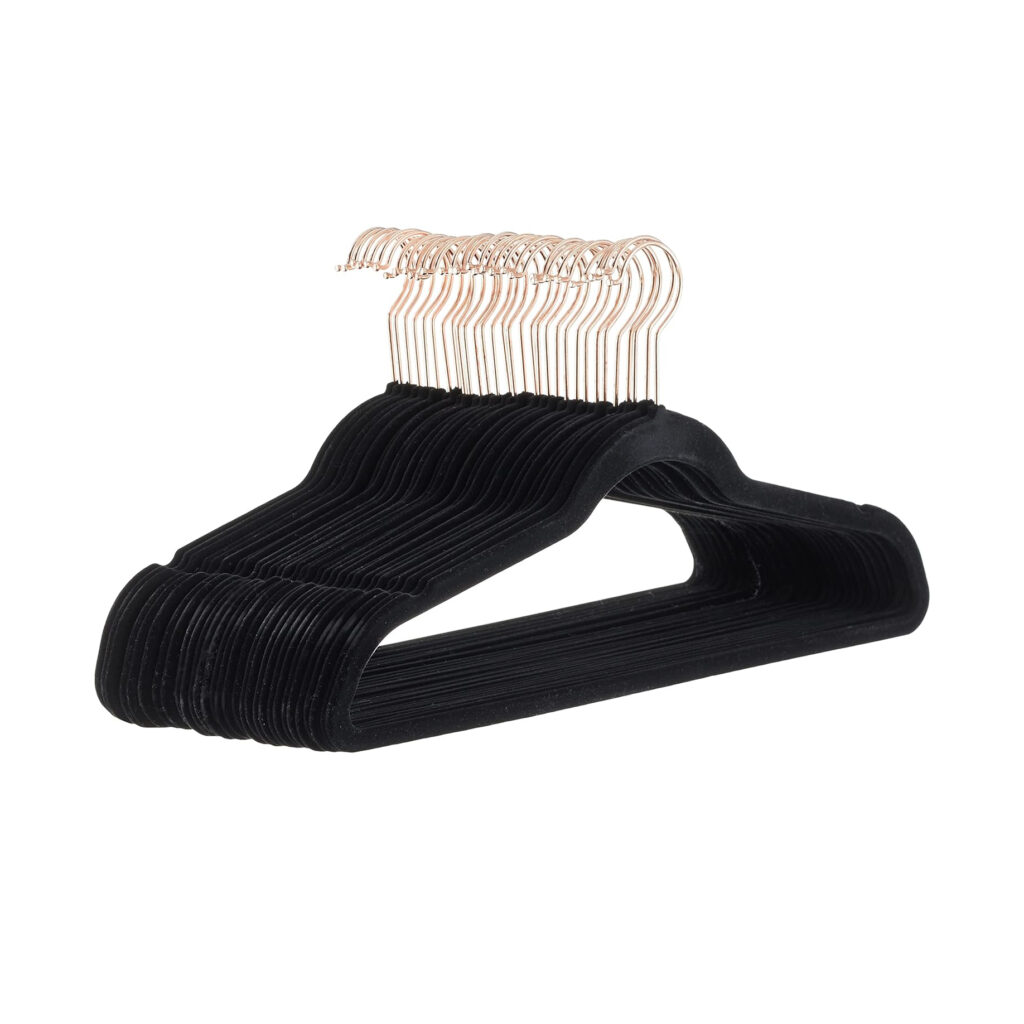From bookshelves to closets, color-coding instantly makes your home feel more curated and clutter-free. To better understand its benefits and how to get started on such a project, I turned to professional organizer Amanda Titchenal of Well Organized.
“Think of color-coding as a micro form of organizing,” she says. “It helps you see the volume of what you have, allows you to put things away more easily, takes away visual clutter, and makes you feel like you’re shopping in your own closet.”
For Titchenal’s insights on this classic organizing technique, see how she approaches each unique color-coding project below.
Westend61/Getty Images
Take inventory of your garments.
As with most organizing projects, you’ll want to fully assess what you’re working with. For Titchenal and her team, it starts with having a clear understanding of the number of garments in the closet. For those with more of a capsule wardrobe with about 50 garments, you can categorize by garment type (tops, pants, etc.) and color-code everything together. If you’re into the hundreds, though, you’ll need to establish more specific categories.

Courtesy of Amanda Titchenal
Categorize each clothing item.
After determining the volume of clothing in your closet, categorize accordingly. “Some of our clients have 100 tank tops alone, so we would color-code just the tank tops, light to dark,” Titchenal explains, “Then, we move on to short sleeves, and again, arrange them from light to dark.”
Titchenal recommends arranging each shirt from sleeveless to long-sleeve, and dresses or skirts by sleeve type or length. If you have a lot of items within the same category, you may need to split them into two areas: casual and formal.
“Say somebody has 50 dresses hanging in one area,” she says. “We’d do all of the tank dresses color-coded, then all of the short-sleeve dresses color coded, and then all of the long dresses color-coded. The other option is taking all of the casual dresses, color-coding from tank to long-sleeve, and then dressier options, color-coding from tank to long-sleeve.”
Color-code, from light to dark.

Courtesy of Amanda Titchenal
Similar to volume, your color-coding style depends on your overall aesthetic. In most cases, Titchenal and her team go from white to beige to yellow, and then into a rainbow-like order. However, she notes that it’s more common to have a neutral wardrobe, which follows a similar gradient: white to cream to beige to tan to gray to black.
If you’re working with a lot of one color, categories are paramount. “If you have black leggings, slacks, and denim, you still want to keep those categories together within the color scheme,” Titchenal advises. “It also helps when you want to purge down the line, since you can take stock and see what’s more faded or worn.”
But what happens when you have one or two vibrantly hued pieces in the mix? Titchenal’s secret is to tuck them away near the darker colors on the rack.

Courtesy of Amazon
Bonus: Always hang your garments in the same direction.
To complete your closet refresh, Titchenal has one more tip that’ll make your closet look and function even better: “You want to see the front of every garment or the back of every garment,” she says. “I always like to see the front of every garment. Every closet is set up differently, so if you walk into your closet or open your closet, you want to see the front first. If you’re seeing the back, just switch the hanger around.”
We only recommend things we love. If you buy something through our site, we might earn a commission.


